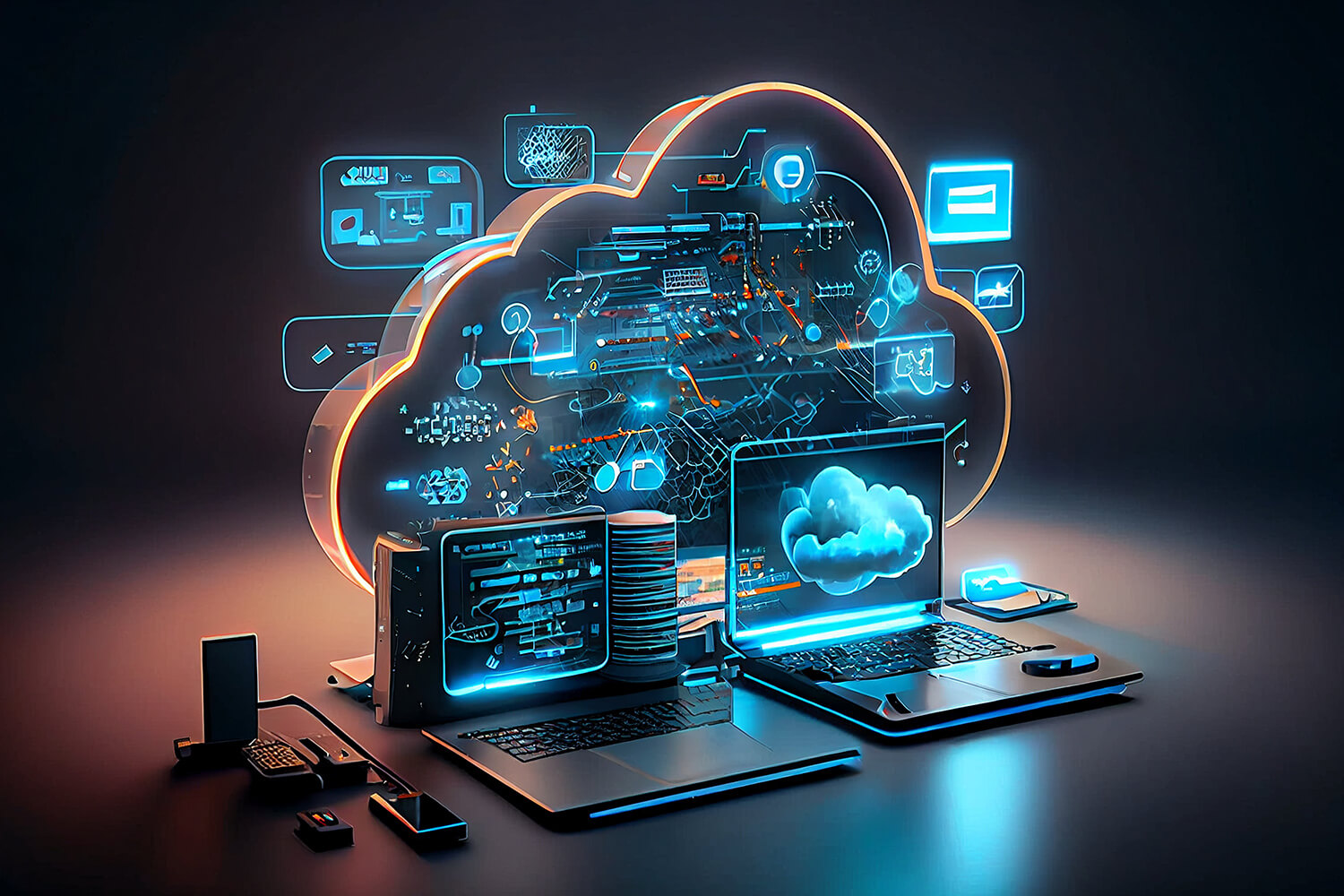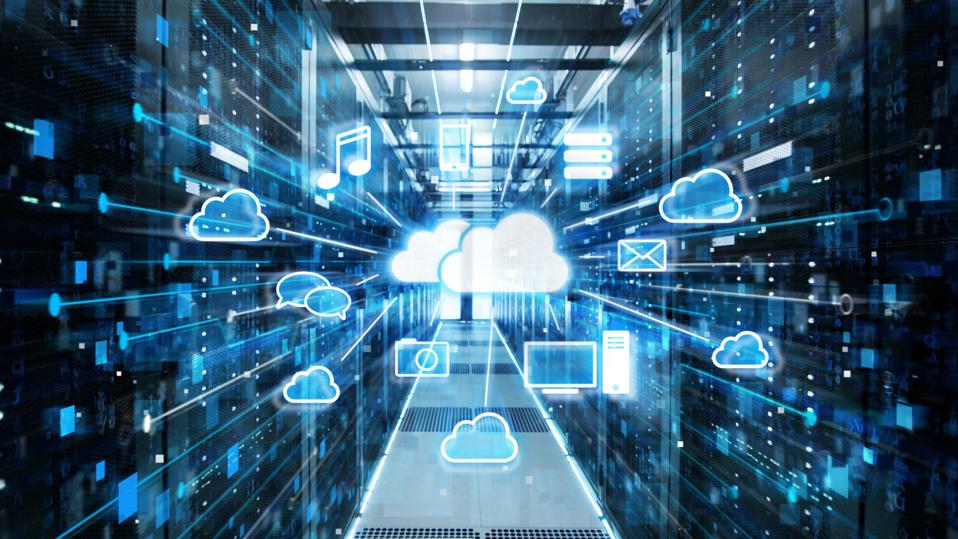Understanding the Shift: Cloud to Edge Computing
The cloud has been driving digital transformation since it provides scalable storage and computing capabilities that can be accessed anywhere. The following step, however, is more and more about edge computing that processes the information at a closer place to its origin, be it IoT devices, sensors, or local servers. This change solves latency, bandwidth constraints and privacy issues by allowing more efficient and quicker decision-making in the network edge, not to replace, but to complement cloud capabilities.
Enhancing Speed and Responsiveness

The edge computing saves time by a significant margin to enable the data to be sent to and fro devices and the centralized cloud servers. This speed is crucial in the applications that need real-time responsiveness, e.g. autonomous vehicles, manufacturing automation and augmented reality. Edge technology provides immediate insights and actions by processing data locally, which makes cloud-only architectures unable to match in terms of operational efficiency and user experience.
Reducing Bandwidth and Costs
Having billions of connected devices, which produce huge amounts of data, it becomes expensive and infeasible to transmit all the information to the cloud. Edge computing processes and analyzes data at the point of interest and only sends significant summaries or notifications to the cloud to be analyzed further and stored in the cloud. This localized data processing minimizes the usage of network bandwidth and operating expenses and makes the digital transformation more sustainable as the IoT ecosystems and the volume of data grow.
Strengthening Privacy and Security
Edge computing provides more control over sensitive information because it limits the processing of data to local settings. This lowers exposure to cyberattack and data breaches that are present in extensive data transmissions. With the integration of edge security and cloud-based controls and centralized management, organizations will be able to implement a high level of adherence to data privacy rules and safeguard critical assets more efficiently.
Accelerating Innovation Across Industries
Cloud and edge computing are coming together to drive innovation in healthcare, retail, transportation, and smart cities. Remote patient monitoring with real-time alerts is useful in healthcare to improve the quality of care and retail uses edge analytics to create personal customer experiences in real time. The applications in smart cities rely on edge solutions in traffic management, public safety, and energy optimization, which proves the power of integrated cloud-edge infrastructures.
Challenges and Considerations

The application of edge computing with existing cloud solutions is associated with the difficulties in managing devices, interoperability, and software deployment in distributed nodes. To gain the maximum benefits of edge, organizations should invest in superior orchestration tools and strong networks to ensure that they are not fragmented. It requires talented expertise and planning to overcome the complexity of hybrid clouds-edge ecosystems.
The Future is Hybrid and Integrated
The future of digital transformation is the hybrid architecture that is the smooth integration of cloud and edge computing. The balance provides the scalability and global nature of the cloud with the speed, efficiency, and autonomy of edge technologies. Firms adopting this two-pronged strategy will open up new opportunities, speed up the process of innovation and provide better customer experiences in a more interconnected digital environment.
To draw a conclusion, migrating to edge computing is a next step in the digital transformation process, which pushes intelligence closer to the location of data origin. This transformation helps the organization to be smarter, faster and more secure and be ready to survive in the future, which is data-driven and where agility and responsiveness are the key factors.

